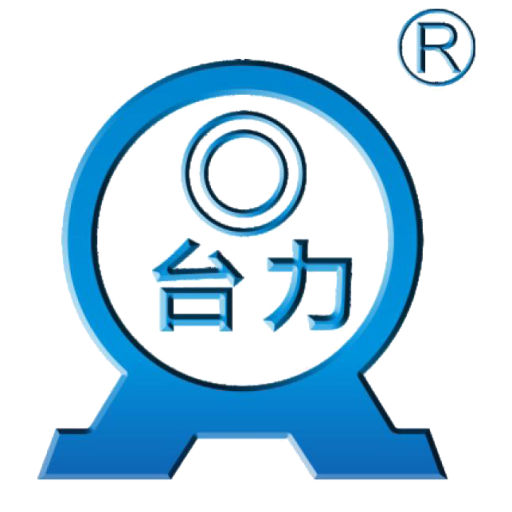What are the factors that cause vibration through impact on impedance?
There are a number of factors that do not independently generate force but play a catalytic role on the impedance of the vibrations in the machinery. These are many, but most important, weaknesses in the foundations and chassis of the machines. , Mechanical rigidity, stimulation of natural frequencies of components or resonances, and weakness of structures or structures.
What does vibration have to do with the state of equipping machinery?
In any rotational equipments, the vibrations have a direct relationship with the equipotential state, so that if the equipotential change occurs even at a very small and insignificant level from any perspective, the vibrations will also change.
What does change in equipment mean?
Changes in equipment status can be defined in three ways: The first is the occurrence of defects such as electrical, mechanical, etc. in the equipment concerned, the second is the change in operating conditions of the equipment, and the third is the change in load on the equipment. .
What defects can be detected in a car through vibrations?
Defects, shortcomings and defects that are detectable and detectable by vibrations include mechanical failure, resonance, bearing failure, mass misalignment, misalignment, curved shaft, defective foundation, electrical bugs, gears, bug failures. And hydrodynamics, belt failure, poles and couplings, shell distortion, off-center, bumping bugs and so on.
What is the most important thing to consider when troubleshooting vibration analysis?
In the field of machine troubleshooting through vibration analysis there is a very important and key point that says any flaws in rotating equipment will definitely make vibrations according to their specific characteristics such as frequency, amplitude, phase and. .. will create.
What is the surest way to analyze a machine’s defects and how?
There are various methods for detecting and detecting machine defects, the most reliable of which is the vibration of rotary machines; nowadays this method has been developed due to the welcoming of the craftsmen and the instruments by which the process of measuring, recording and analyzing the vibrations is greatly developed. The way they work is that they have vibrations in different parts that are often caused by vibration. The vibrations are produced either by the internal operating factors of the machine or by the forces exerted by it. It takes place outside the machine. Although vibrating movements from both sides Mel is created, but in practice the result of vibrations produced both ways are equal.
What are the most important factors that influence vibration in rotating machines?
Vibration in rotating machines is influenced by various factors, the most common of which are: electromagnetic forces, curved axes, mass imbalance, corroded gears, motor contact with the static parts, abrasive bearings. And collapsed, axial coupling, coupling, aerodynamic and cavitation hydraulic forces and resonances.
What is the best point to measure vibration in a rotary machine and why?
Generally, the best points in industrial machinery that are suitable for measuring vibration are the bearings of the machine. This is because the bearings are as a joint part of the machine with the environment and the vibrations are transmitted through the bearings to the desired parts. Another thing about bearings is that they are the most damaged part of an industrial machine.
How is vibration measurement performed?
Vibrations can be measured in different directions at one point, but given the work and experience gained in the field, vibrations can only be measured in one or two directions.
What factors are there to measure vibration and which one is best suited for this task?
There are three important factors to consider when measuring or measuring the vibration: speed, acceleration, and displacement where speed is more than two factors recommended for vibration measurement. But if our goal is to identify gearboxes that have higher rpm speeds, here’s a more appropriate acceleration. In journal bearings, measurement is also done by shifting the shaft relative to the bearing.
How many vibration sensors are there?
Vibration sensors are classified into two types of contact and non-contact. In non-contact sensors, axis vibrations are measured on the basis of electromagnetic waves. The location of the non-contact sensors on the bearings in such a way that they are firmly on top of each other are quite affected by the vibrational motion of the bearings and are generally used to measure the relative distance of the shaft from the bearing. The main use of non-contact sensors is when priority is not given to permanent measurement in machinery at industrial plants. Contact sensors are attached to the bearing of the machine or device by screws and magnets and their job is to measure and measure the absolute displacement of the bearing. Be it. Contact sensors are more suitable for mounting on bearings. The primary function of contact sensors is to measure the speed and acceleration of different points.

